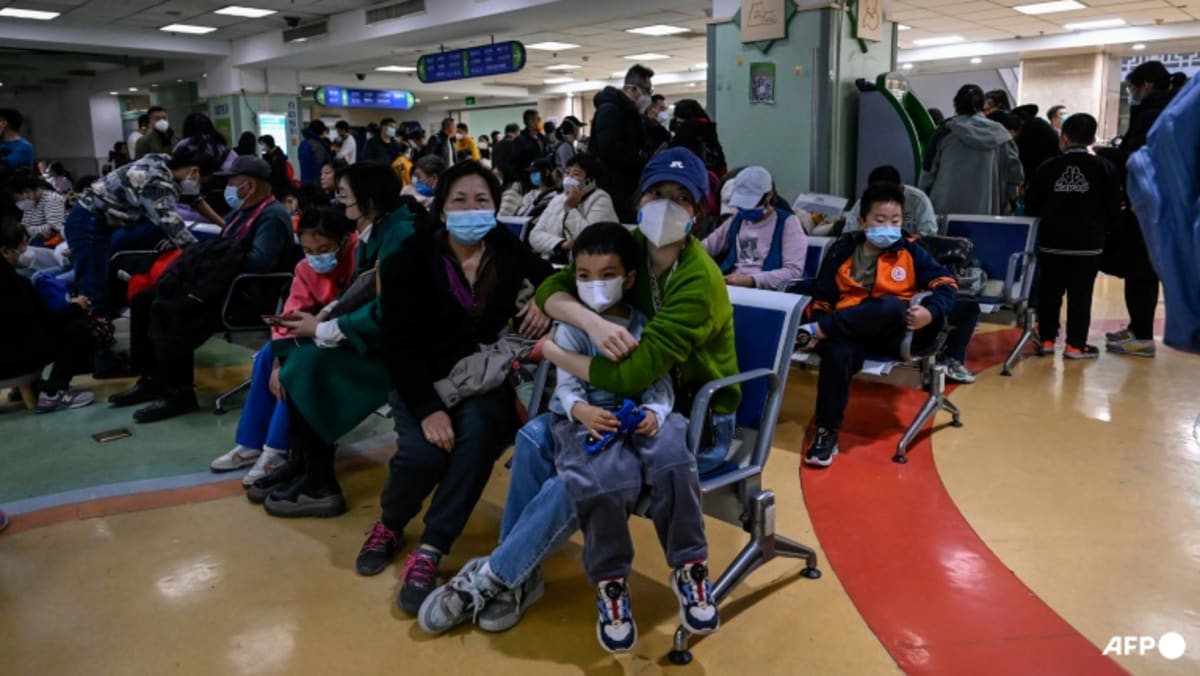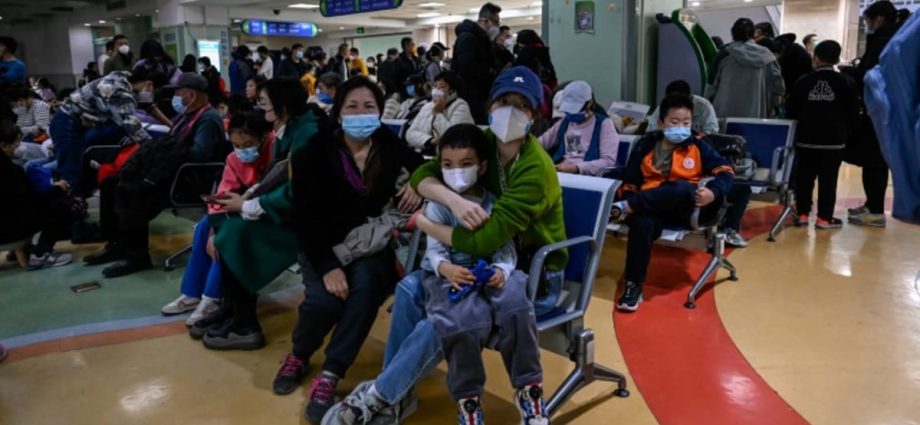
BEIJING: China is dealing with a surge in respiratory illnesses that is straining its healthcare system and sparking global concern over a possible new pandemic threat, four years after COVID-19 first emerged in the country.
What do we know about the outbreak?
A nationwide increase in respiratory diseases, mainly affecting children, was first reported by China’s National Health Commission on Nov 13, according to the World Health Organization (WHO).
Patients have reported symptoms such as fever, fatigue and cough. No deaths have been reported.
China reported 205 influenza/flu clusters for the week starting Nov 13, compared with 127 the week before that.
The rising caseload has led to long queues and gruelling waits at children’s hospitals in cities like Beijing, Tianjin and Liaoning.
The National Health Commission attributed the increase in infections to the circulation of known pathogens – primarily influenza, but also mycoplasma pneumonia, respiratory syncytial virus (RSV), rhinoviruses, adenoviruses as well as COVID-19.
Another contributing factor cited was the arrival of winter and China’s first full cold season since it lifted its zero-COVID policy nearly a year ago.
An increase in respiratory illnesses in winter is not uncommon.
In the US, for instance, RSV cases were on a sharp upward trend in the middle of October, according to the Centers for Disease Control, with weekly infection numbers at their highest since the last winter.

